
Cibotium barometz (L.) J.Sm.
Family
Cibotiaceae
Nomenclature
Cibotium barometz (L.) J.Sm., Lond. J. Bot. 1: 437. 1842; Bedd., Handb. Ferns Brit. India: 24, f. 8. 188; Christ, Bot. Tidsskr. 24: 111. 1901; C.Chr., Bot. Tidsskr. 32: 341. 1916; Tardieu & C.Chr., Fl. Indo-Chine 7(2): 78, f. 10.6–7. 1939; Holttum, Rev. Fl. Malaya ed. 1, 2: 114, f. 45. 1955 [‘1954’]; Holttum, Dansk Bot. Ark. 20: 18. 1961; Holttum, Dansk Bot. Ark. 23: 229. 1965; Holttum, Fl. Males., Ser. II, Pterid. 1: 165, f. 33a–c. 1963; Ching, Fl. Reipubl. Popularis Sin. 2: 197. 1959; Tagawa & K.Iwats., SouthE. Asian Stud. 5: 45. 1967; Tagawa & K.Iwats., Acta Phytotax, Geobot 23: 52. 1968; Tagawa & K.Iwats., Fl. Thailand 3: 109, f. 6.8–10. 1979; Boonkerd & Pollawatn, Pterid. Thailand: 42, 90. 2000; Dy Phon, Dictionary of Plants used in Cambodia: 153. 2000; Newman et al., Checkl. Vasc. Pl. Lao PDR: 25. 2007; Nor-Ezzawanis, Fl. Pen. Malaysia, Ser. I, Ferns & Lycoph. 1: 120, f. 1. 2010. – Polypodium barometz L., Sp. Pl. 1092. 1753. – Type: Linnaeus, China (type material not traced - see Jarvis, Order Out of Chaos, p759. 2007).
Description
Rhizome massive, prostrate, very densely covered with golden yellow hairs. Stipes thick, sometimes attaining 2 cm diam., more than 1.5 m long in larger ones, densely covered with shining, golden yellow, long (more than 4 cm long in some larger ones), slender or warty hairs at base, the hairs on upper parts not so dense, brown to darker, setose, gradually becoming shorter upwards; lamina large, up to 2 m in length, more than 1 m in width, bipinnate; pinnae many, the largest ones up to 75 cm long, 25 cm wide, with numerous pinnules; pinnules deeply pinnatifid throughout, very shortly stalked or subsessile at posterior parts of pinnae, linear-lanceolate, gradually narrowing towards acuminate apex, broadly cuneate to subtruncate at base, 10–15 cm long, 1.5–2.5 cm wide; ultimate segments oblong, oblique to subfalcate, acute at apex, shallowly but distinctly dentate at margin, glaucous on lower surface, 0.8–1.4 cm long, about 3 mm broad, with intervals of 4 mm between the adjacent costules; costae and costules covered with pale, entangled, flaccid, appressed hairs below; veins distinct, once (or twice in larger lobes) forked, sparsely hairy below. Sori terminal on usually unbranched lower veins, parallel to edge of lobes, protected by two indusia; outer indusia round, inner ones elongate at maturity, oblong .
Distribution in Thailand
NORTHERN: Chiang Mai, Chiang Rai, Lampang, Phitsanulok; NORTH-EASTERN: Phetchabun, Loei; EASTERN: Nakhon Ratchasima; SOUTH-WESTERN: Phetchaburi; CENTRAL: Nakhon Nayok; SOUTH-EASTERN: Chanthaburi, Trat; PENINSULAR: Ranong, Yala.
Distribution in Laos
Attapeu, Hua Phan, Khammouane, Luang Phrabang, Salavan, Xieng Khouang.
Distribution in Cambodia
Kampot
Wider Distribution
Himalayas to S China and Taiwan, south to W Malesia, north to the Ryukyus.
Ecology
On open hill slopes and stream banks in tropical evergreen forest at 500–800 m alt., and in lower montane forest at 1000–1500 m alt.
Proposed IUCN Conservation Assessment
Least Concern (LC). This species is widespread and not under any immediate known threat.
Notes
Locally used for medicine, especially the silky hairs on the buds which are used for fresh wounds.
Habit
Hairs on rhizome and stipe bases
Stipe
Cross section through stipe
Frond
Frond
Frond apex
Pinnae from beneath
Pinnae from beneath
Venation
Lower surface of pinnae and pinna rachis
Lower surface of pinnae
Sori
Sori
Young sori
Site hosted by the Royal Botanic Garden Edinburgh. Content managed by Stuart Lindsay, Gardens by the Bay, Singapore and David Middleton, Singapore Botanic Gardens. Last updated 24 January 2012
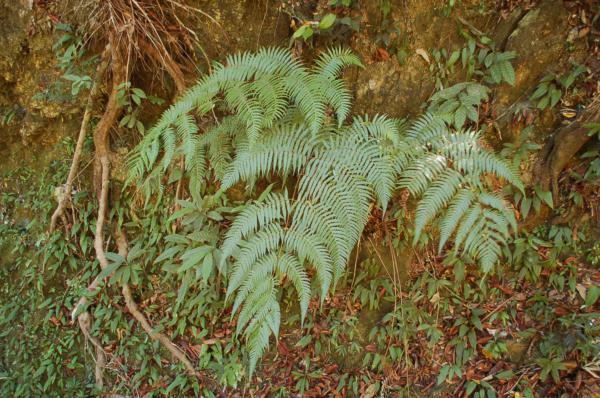
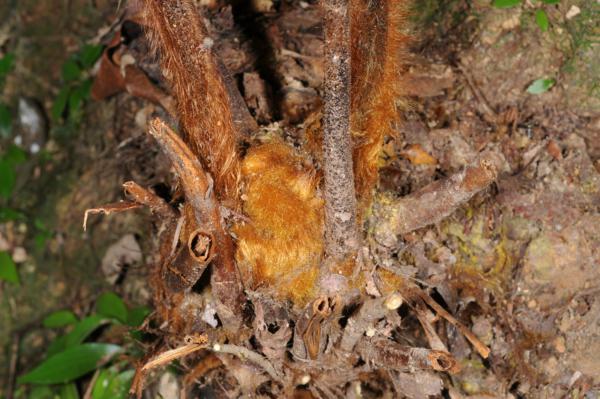
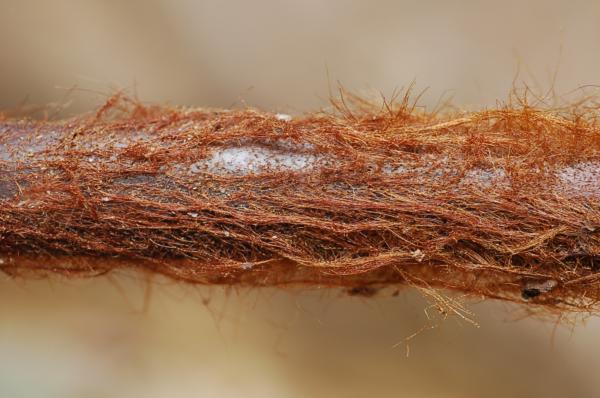
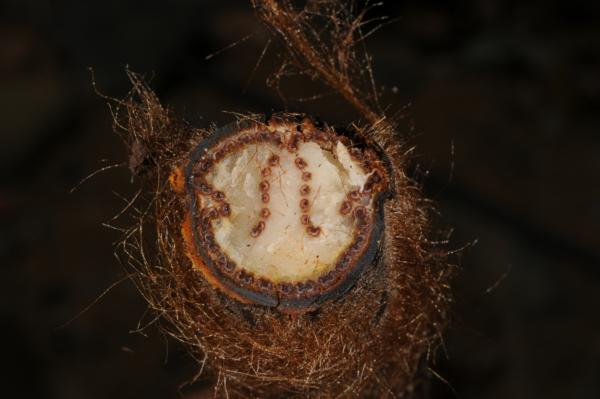
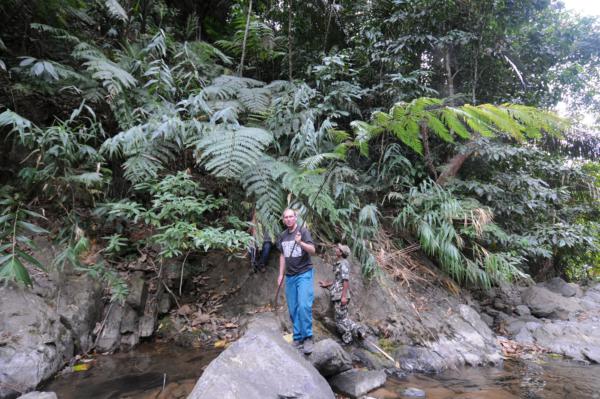
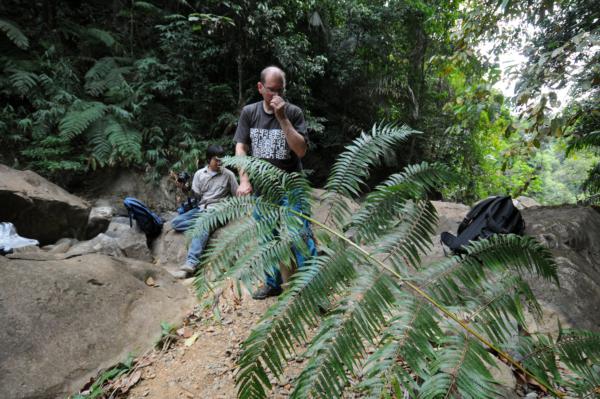
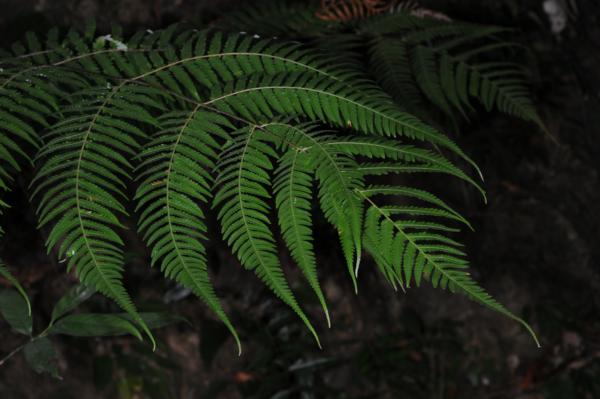
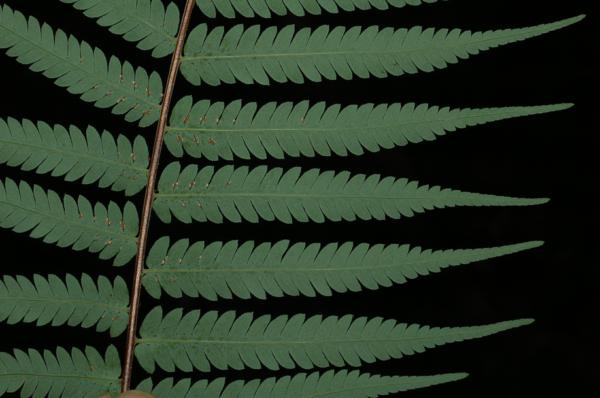
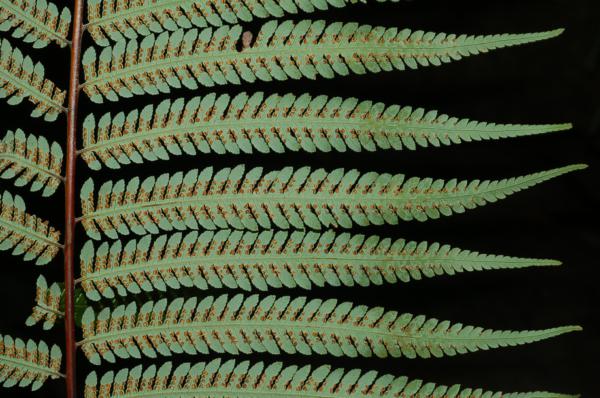
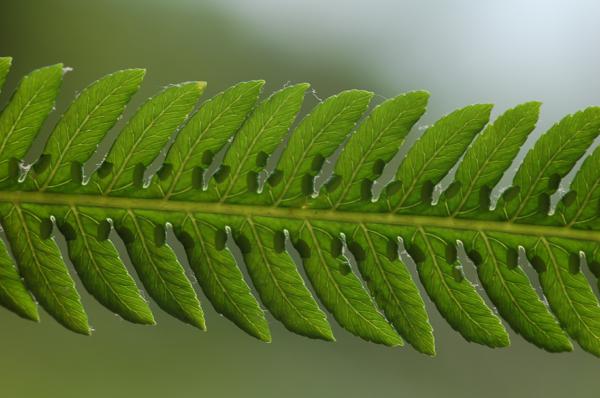
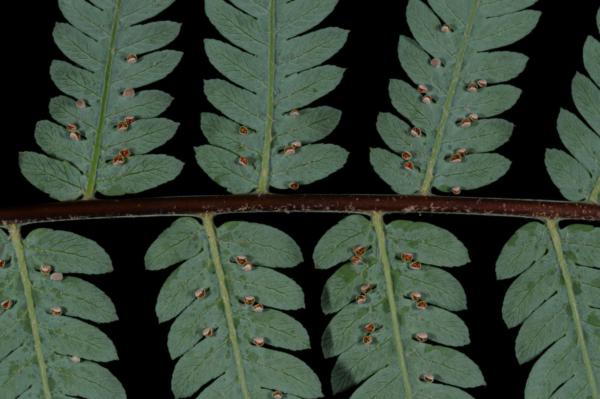
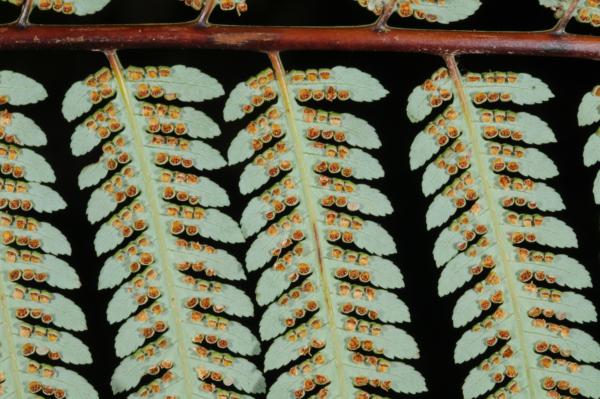
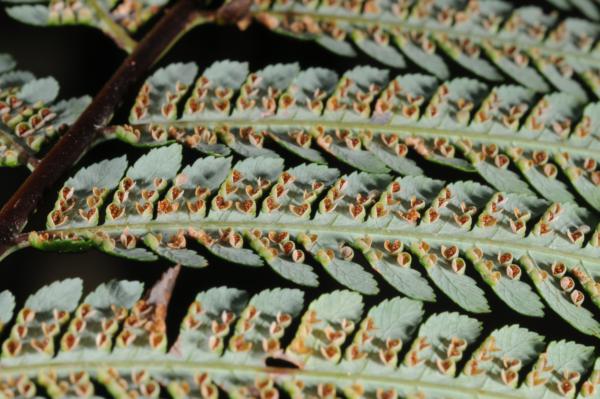
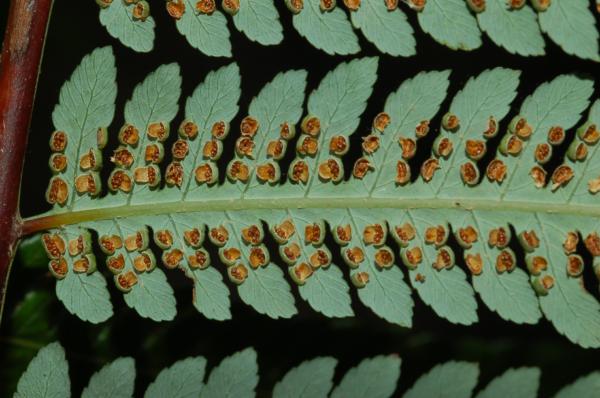
_TP_0737_sml.JPG)